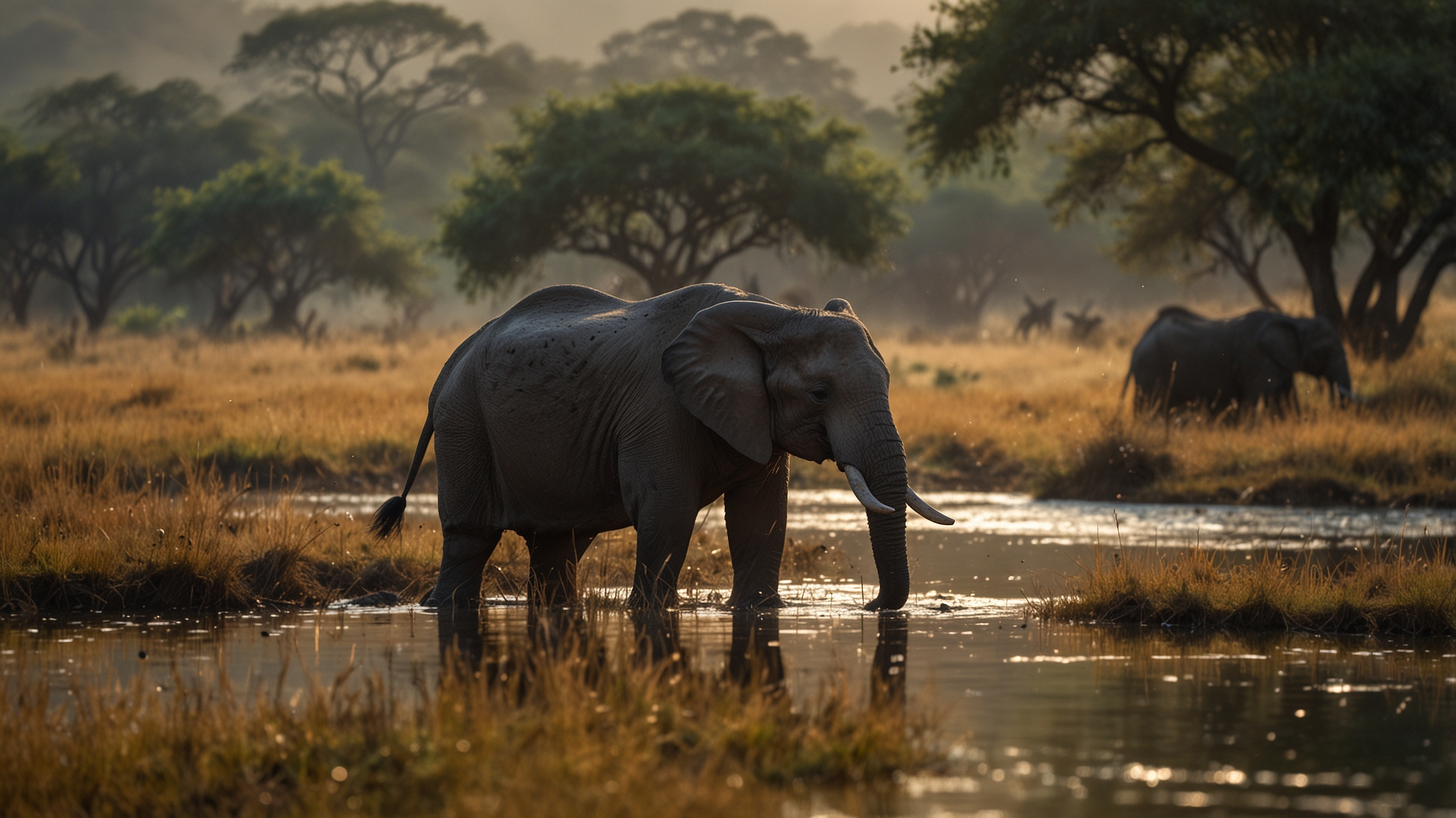Imagine walking quietly through golden grasslands as a herd of elephants grazes peacefully nearby, or spotting a pride of lions lounging under a tree without the barrier of a vehicle. Walking safaris and ethical wildlife encounters offer a breathtaking, ground-level experience that connects travelers with nature in a deeply intimate way. But beyond the thrill lies an important responsibility: ensuring that our adventures respect wildlife and support conservation.
What Is a Walking Safari?
Unlike traditional safaris where you view animals from a jeep, walking safaris involve trekking through the wilderness on foot, guided by trained experts. Originating in Zambia, this style of safari immerses you completely in the natural environment. Every sound — from the rustle of the wind to distant animal calls — becomes magnified. Instead of speeding past wildlife, you become a quiet observer, blending into their world.
Walking safaris aren’t about getting close for the perfect Instagram shot; they focus on appreciating animals from a respectful distance, reading tracks, learning about ecosystems, and understanding the interconnectedness of life in the wild.
Ethical Animal Encounters: Why They Matter
Ethical wildlife experiences prioritize the well-being of animals over human entertainment. Sadly, not all “wildlife tourism” is created equal. Some tours might exploit animals by encouraging feeding, touching, or performing tricks, which can harm their health and survival skills.
In contrast, ethical safaris aim to minimize human impact. They operate under strict guidelines: no disturbing the animals, no artificial lures, and a strong emphasis on conservation education. Participating in ethical experiences ensures that your tourism dollars contribute to preserving these majestic creatures for generations to come.
Key Principles for Ethical Encounters:
- Keep a Safe Distance: Always respect the animal’s space and never try to approach or touch.
- Use Certified Guides: Choose operators with strong conservation credentials and local expertise.
- Stay on Designated Trails: This prevents habitat destruction and minimizes your footprint.
- Avoid Flash Photography: It can startle animals or disrupt their natural behaviors.
Top Destinations for Walking Safaris
If you’re inspired to embark on a walking safari, here are some of the world’s most renowned destinations:
- South Luangwa National Park, Zambia: Often called the birthplace of the walking safari, this park is famed for its skilled guides and abundant wildlife, including leopards, elephants, and hippos.
- Okavango Delta, Botswana: A lush, water-filled landscape where guided walks reveal an array of birds, crocodiles, and big game.
- Kruger National Park, South Africa: Offers multi-day walking safaris where you can track rhinos, lions, and giraffes with experienced rangers.
- Ruaha National Park, Tanzania: A lesser-known gem with rugged landscapes and large predator populations.
Preparing for a Walking Safari
Trekking in the wild isn’t quite the same as a stroll in the park. Preparation is key to a safe and enjoyable experience.
Essentials to Pack:
- Comfortable Hiking Boots: Sturdy footwear is a must for rough terrain.
- Neutral-Colored Clothing: Earthy tones help you blend into the environment.
- Wide-Brimmed Hat and Sunglasses: Essential for sun protection.
- Light Backpack: For water, sunscreen, binoculars, and a camera (without flash!).
- Insect Repellent: To guard against mosquitoes and ticks.
Before setting out, your guides will typically conduct a safety briefing. Pay close attention — they’ll teach you hand signals, what to do if encountering animals, and how to move quietly.
Meeting the Experts: Guided Tours with Conservationists
Many modern walking safaris now offer experiences led by conservationists or wildlife researchers. These experts share fascinating insights into animal behavior, habitat preservation efforts, and the challenges of protecting endangered species.
Participating in such tours not only deepens your knowledge but also directly supports conservation initiatives through your fees and donations.
Some operators even offer video documentation of your trek — complete with expert commentary — so you can relive the adventure and share the message of ethical wildlife tourism with friends and family.
Final Thoughts: A Life-Changing Journey
Walking safaris and ethical wildlife encounters transform the way we see the natural world. They teach patience, respect, and awe — qualities often lost in the rush of modern travel.
By choosing experiences that prioritize animal welfare and environmental sustainability, travelers can enjoy unforgettable adventures that leave a positive impact.
Because when we step into the world of wildlife on their terms, not ours, we realize we are visitors in their home — and that home deserves our protection.





